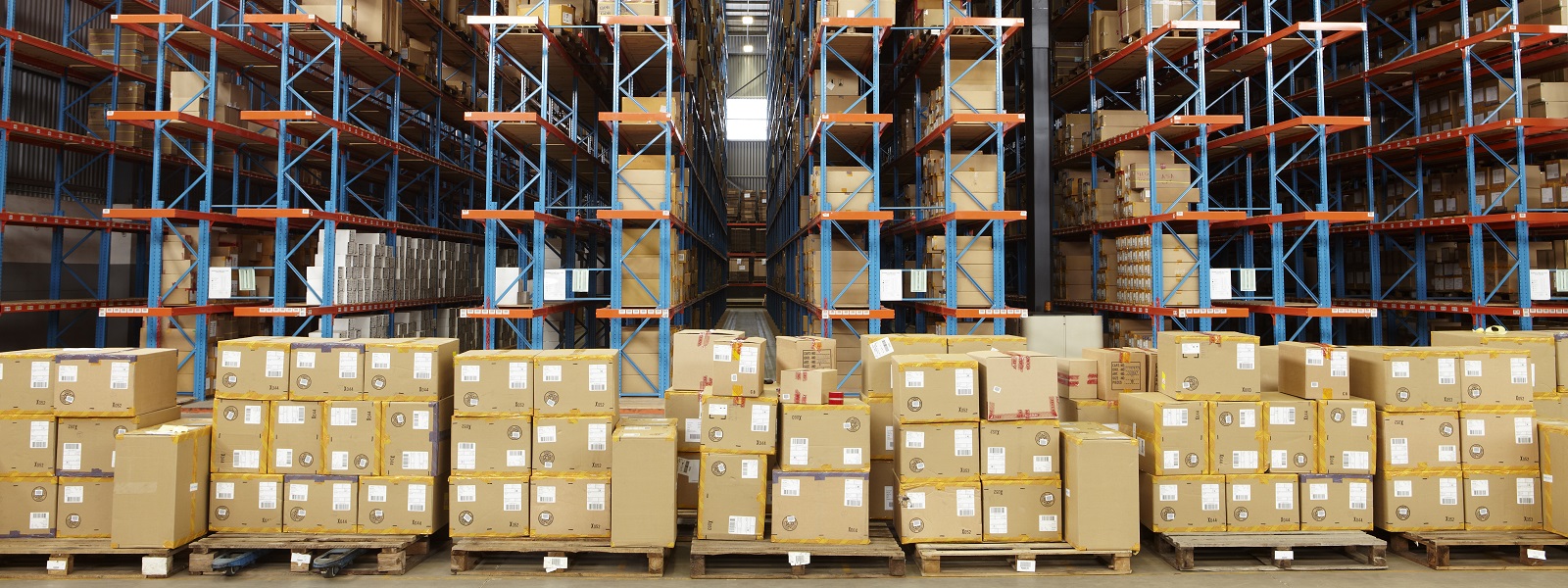The past 12 months have been a rollercoaster for global dealmaking. Deal activity fell considerably in the second quarter, due to the unprecedented social and economic disruption caused by the COVID-19 pandemic, only to recover strongly in the second half, signaling an enduring appetite for deals.
The fourth quarter saw staggering M&A activity worth US$1.2 trillion. Not only was this a 49% rise on the same quarter the previous year, but it is also the highest quarterly value total since Q4 of 2015. Volume in Q4 came to 5,136 deals, the highest of any quarter in 2020, although it was a year-on-year drop of 5%.
US M&A bounces back
US M&A staged a particularly strong comeback—total value in Q4 came to US$544.2 billion, a 77% rise in value on the fourth quarter in 2019, while the number of deals ticked up slightly, from 1,464 deals to 1,469.
The largest US deal of the quarter was UK-based AstraZeneca’s US$39.5 billion bid for US-based Alexion Pharmaceuticals, a developer of experimental therapies, which is pending regulatory clearances and shareholder approval.
The deal—the largest ever undertaken by AstraZeneca—marks a bid to expand into the rare-disease and immunology market, where it sees significant growth potential. It is also the second-largest deal of the quarter globally, and the largest transaction to take place within the pharma, medical and biotech sector since Abbvie announced its bid for Allergan for US$86.3 billion in mid-2019.
The second-largest deal targeting a US firm in Q4 was the US$35.6 billion sale of semiconductor firm Xilinx to rival Advanced MicroDevices. From Zoom meetings to online shopping, the global population has been pushed to carry out many day-to-day activities online during the pandemic. This has led in a string of deals targeting semiconductor firms in 2020 as demand for chip technology soared, especially as surging share prices have given firms greater firepower to make acquisitions.
Along with the Xilinx/AMD tie-up, NVIDIA acquired Arm for US$38.5 billion in September, while Analog acquired Maxim Integrated products for US$20.3 billion in July.
Western Europe posts strong fourth quarter
Western Europe also recorded a significant rise in deal value year on year. A total of US$315.2 billion in deal value was announced in the fourth quarter—63% above the same period in 2019, even as volume dropped 5% to 1,786 deals.
The region’s total value figure was boosted by the largest deal of the quarter across all regions—the second-largest deal of the year overall—US-based S&P Global’s US$43.2 billion bid for IHS Markit, the UK-based and US-listed financial data company.
The all-stock deal is the latest in a string of tie-ups between financial data providers as they look to gain scale in a competitive market. If it secures regulatory approval, the purchase will cement S&P Global's position as the third-largest global market data provider, behind Bloomberg and Refinitiv, according to Burton-Taylor International Consulting. The deal, expected to close in the second half of 2021, will likely face scrutiny from antitrust regulators.
China surges
Chinese M&A was another highlight of the year. The value of M&A deals targeting companies based in China was up 56% compared to 2019, reaching US$463.8 billion in total in 2020. Volume over this period also ticked up, albeit at a more modest rate, rising 8% to 1,855 deals.
Strict measures at the start of the pandemic has meant that the country has largely returned to business as usual—and to economic growth. In its latest update, published in October 2020, the IMF estimated that China’s GDP would expand at rate of 1.9% in 2020. Although this is a far lower rate of growth than at any time in the past four decades, China is still among the few large economies globally not to contract in 2020 and the rate of growth is expected to accelerate in 2021, to an annual rate of 8.2%.
Much of the activity in 2020 was fueled by domestic deals, which accounted for 89% of overall value. Many of these transactions have been sparked by government efforts to catalyze growth and reform markets. The largest deal of the year in China—the US$49.1 billion transaction which saw PetroChina sell a number of pipeline assets to a newly created entity, China Oil & Gas Pipeline Network Corporation (known as PipeChina)—exemplifies this trend. The deal is part of the state’s plans to reform the oil and gas infrastructure system to increase competition and access.
Behavioral shifts drive tech M&A
Across sectors globally, technology, media, and telecom (TMT) maintained the highest deal value and volume in Q4—unsurprising, given the tech demand boost from remote working and social distancing measures. There were 1,168 TMT deals in Q4 worth US$295.1 billion—a 19% rise in volume and a massive 148% jump in value compared to the same quarter the year before.
M&A activity within the sector has reflected the major shifts in consumer behavior taking place across the globe in 2020. Salesforce’s US$25.7 billion purchase of US workplace chat app Slack Technologies is a high-profile example of how companies are responding to the shift to remote working amid the pandemic.
Outlook
The healthy M&A activity seen in the fourth quarter indicates a renewed sense of confidence in the market, as dealmakers look to position themselves for a post-COVID future. Strong stock market performance has led to a resurgence in all-stock deals, especially in high-growth sectors, as seen in AMD’s purchase of Xilinx and S&P Global’s bid for IHS Markit.
And although several jurisdictions around the world have announced stricter lockdowns in the face of surging case numbers at the start of 2021, stock prices have remained buoyant. The roll-out of vaccination programs around the world is set to bring a greater sense of stability—the global economy is set to grow at a rate of 5.2% according to the IMF, which will only foster more confidence in the M&A community.





